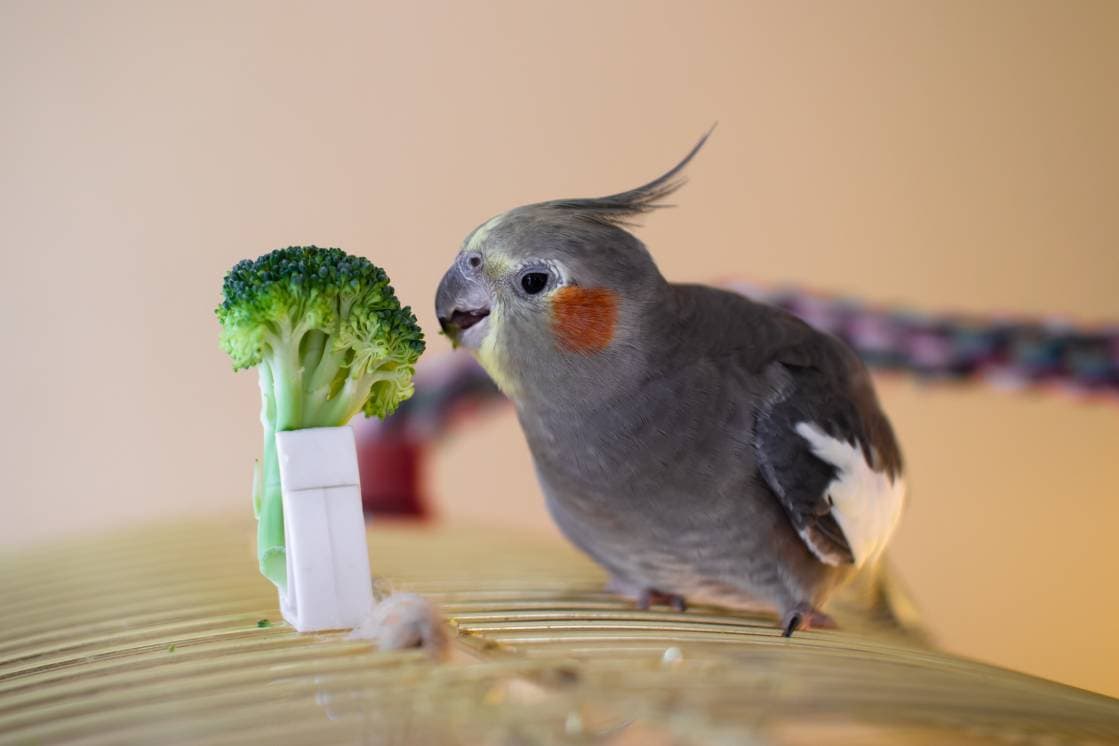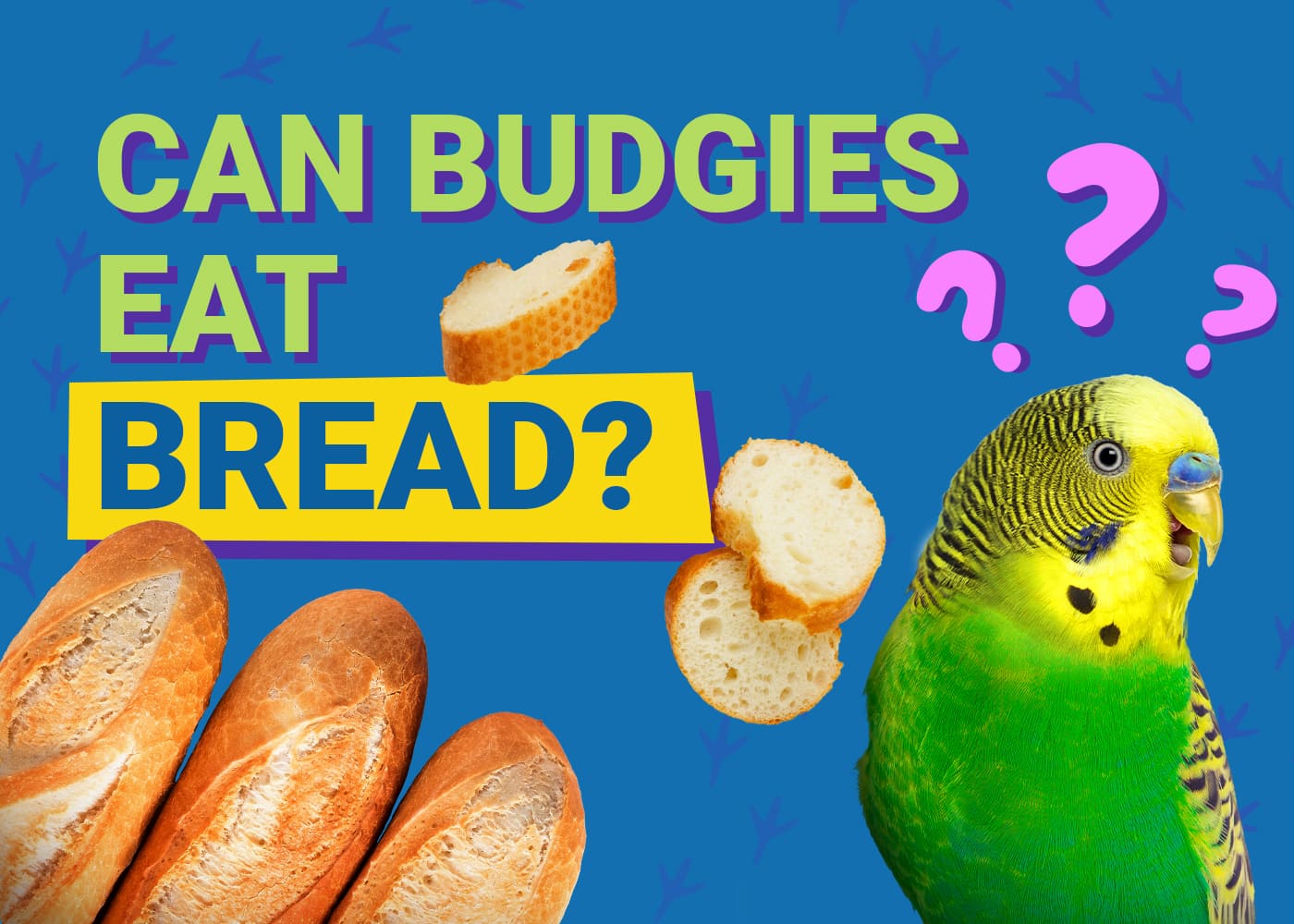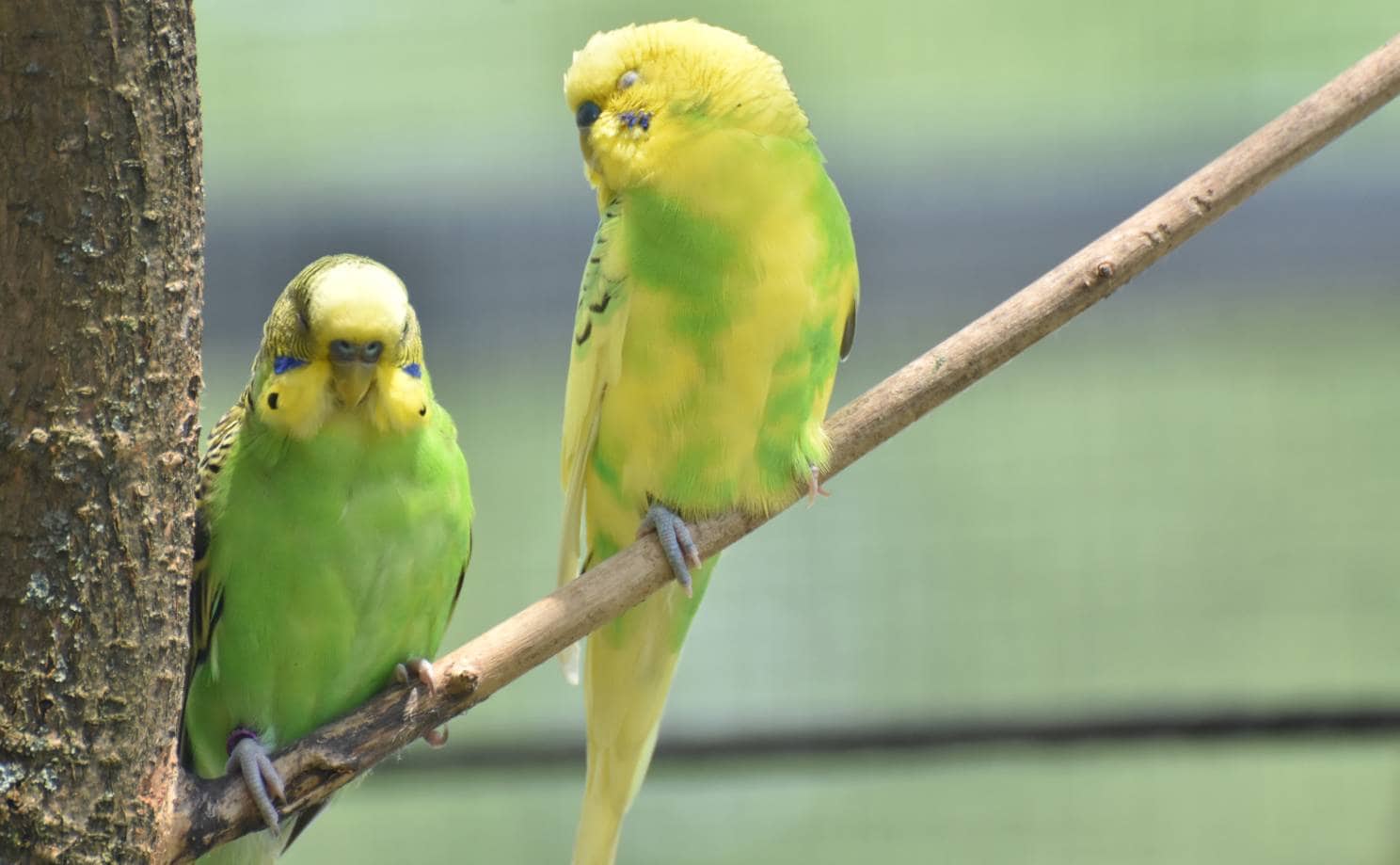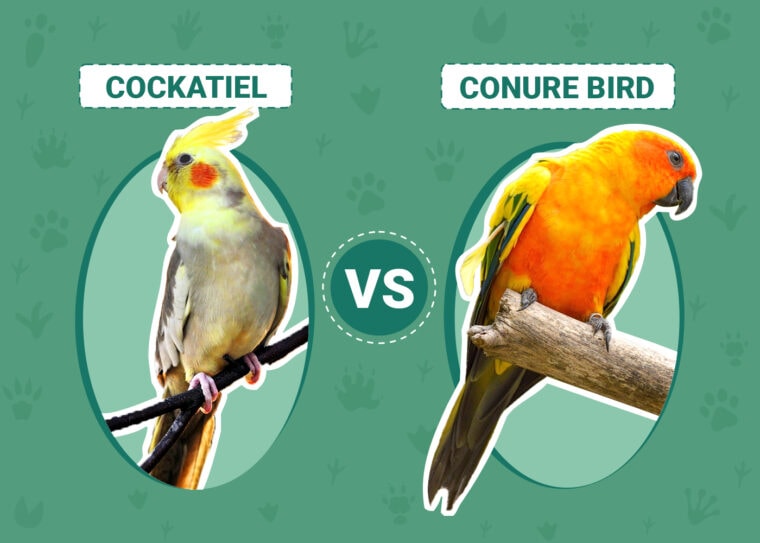
Click to Skip Ahead
Both cockatiels and conures are part of the parrot family, and both are popular household pets that are highly interactive with other birds and their human companions. However, there are a few differences between these two types of birds that should be known by anyone who is considering whether to bring one or both home as pets. If you are interested in what makes the cockatiel and the conure so different, you’ve come to the right place! Get to know what these birds are about and learn all about their differences.
Visual Differences

These birds are similar in size and scope, but the conure has a more rounded tail than the cockatiel. Also, cockatiels have long feathers on their head, but conures do not. Conures may be green, blue, yellow, orange, or multicolored, while cockatiels have gray bodies and orange check patches. However, due to a mutation that cockatiels can have, their colors might vary slightly.
Cockatiel Overview

Cockatiels are native to Australia, where they still live in the wild today. However, these birds can be found in households around the world, where they live as pets. These parrots are gentle yet curious and love spending time with their human family members. They do not mind being handled if it happens while they are still young. In fact, they will often call out to their owners for hands-on interaction if they are feeling ignored.
It is easy to teach a cockatiel a new trick, whether it is saying words or performing stunts. They like to whistle and tend to get loud when family members come home after being gone. They can live with or without other birds, but they will not be happy unless they have plenty of toys to interact with when they are by themselves. Cockatiels are master mimickers and will reenact the sounds of telephones and doorbells ringing, doors opening and closing, dogs barking, cats meowing, and even running dishwashers.
Training
Cockatiels can be easily trained to do a variety of things, from talking to retrieving small objects. Treats and patience are typically required, but the training experience can be a rewarding one for both bird and owner. Cockatiels love hulled sunflower seeds as treats. These birds aim to please, so ignoring unwanted behavior during training typically sets them on a path toward learning and reacting to commands properly.
Health & Care
Cockatiels are usually healthy birds, but there are common health conditions that they may be prone to, such as nutrition problems. Many of them are fed too many seeds, which only provide some of the nutrients they need. A cockatiel should eat a wide range of food, including fruits like berries, veggies like carrots, and commercial food in the form of pellets, which are made of grasses and hays.
They do not require much grooming other than a regular bath in a water tub, which they can do themselves if the body of water is available to them. They need daily exercise outside of their caged habitat to stay healthy and fit. Also, their nails may need to be trimmed occasionally if they have a habit of grabbing on to fingers and shoulders, as they could scratch their human companions.

Suitability
Cockatiels can live in a wide variety of different types of households if they have a safe, warm place to spend the bulk of their time in. They are interactive, interesting, and highly sociable, which makes them popular pets among kids and adults of all ages. They can do well in an apartment or a house setting and do not need any outdoor space to call their own.
If you’re new to the wonderful world of cockatiels, you’ll need a great resource to help your birds thrive. We highly recommend taking a closer look at The Ultimate Guide to Cockatiels, available on Amazon.
This excellent book covers everything from the history, color mutations, and anatomy of cockatiels to expert housing, feeding, breeding, and health care tips.
Conure Overview
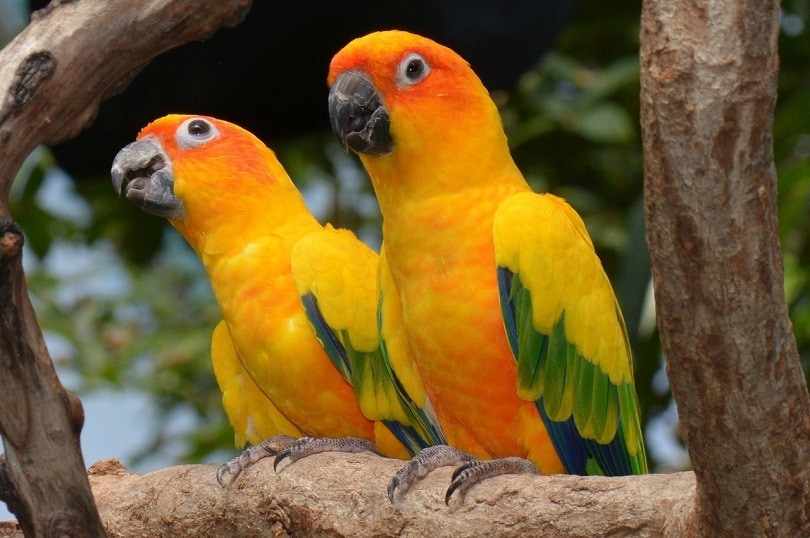
The conure is a cute little bird with a rounded head and tail that gives them an innocent look. But due to their curiosity, intelligence, and outgoing nature, they can get themselves into trouble by destroying household belongings and making messes with paper products by tearing them up. Unlike cockatiels, conures are native to South America.
These little birds expect to be right in the middle of the action, whether that means near the dinner table at mealtime or on the couch with everyone else while a movie is being watched. They get attached to human family members and will talk, dance, and play with anyone willing. They can live to be 30 years of age, which means that they require a long commitment from anybody who wants to own one.
Exercise
The conure needs to get out of their cage for exercise every day, ideally for at least two hours at a time. They should be allowed to perch on a stand, walk around, and flap their wings to get rid of pent-up energy. They should also have access to toys that are not available inside their cage to keep them challenged. Inside their cage, ladders and hanging toys should be available for exercise when the conure is spending time there alone.

Health & Care
These birds love water and will bathe in any that they can find, including sinks and cups. They have even been known to shower with their human family members! Their nails tend to stay dull, so trimming is not typically necessary. They take care of most of their own care and grooming needs if they are provided with a clean cage, toys, water, and healthy food. Their diet should consist of commercial pellets and fresh fruits and veggies.
Suitability
These little birdies are most suitable for busy households full of people who want to interact with them regularly. They get along well with kids but can nip if mishandled, so households with older children are the best fit. Conures need only enough room for their cage, so both apartment and house settings are suitable.
Which Bird Is Right for You?
The cockatiel and the conure are both awesome household pets. They are similar in size and looks, and they both love to spend time with people. They can both talk and can learn to do a variety of different tricks. The choice of which breed is right for you comes down to your personal preferences. Do you like the colors of one type of bird over the other? Do you prefer a bird that is more independent or needier? How much time do you have to spend with your new bird? Answering these questions should help you determine whether the conure or the cockatiel is the best option for you. Leave a comment below letting us know which type of bird you are leaning toward.
You May Also Like:
Featured Image Credit: Top – Tiểu Bảo Trương, Pexels | Bottom – rutpratheep0, Pixabay





